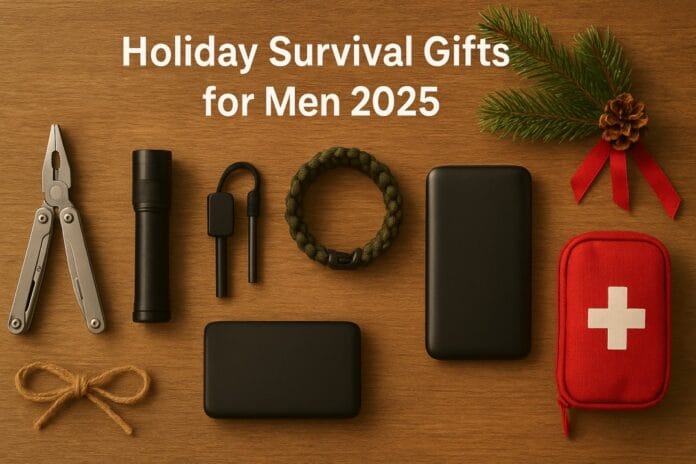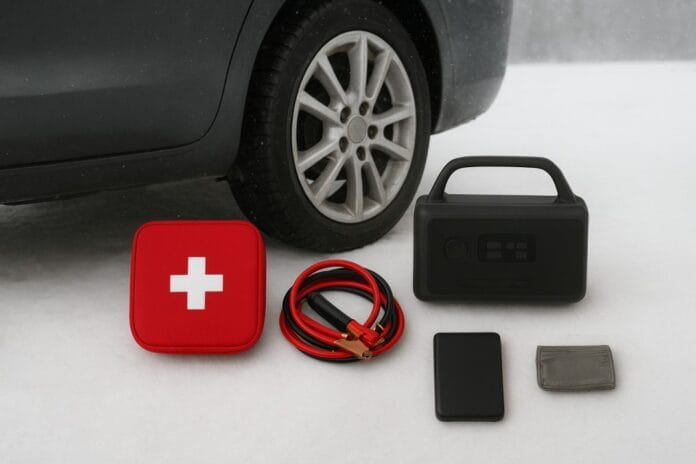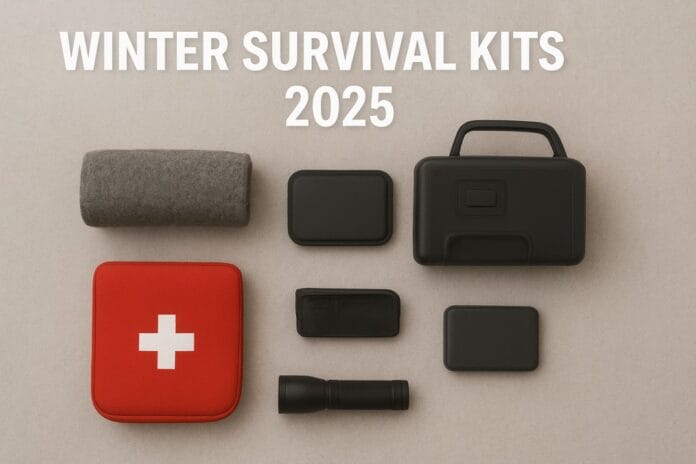Emergency Food Storage
In 2025, food security isn’t just a concern for preppers—it’s becoming a priority for everyday families. Rising grocery prices, global supply chain disruptions, and more frequent natural disasters have made emergency food storage essential for survival and peace of mind. When preparing for grid down survival situations, having long-term food storage is just as important as power and water backups.
You can survive weeks without power, but only a few days without food. This guide will show you how much food to store, the best long-term survival foods, and Amazon’s top-rated emergency food kits for 2025.
Why Emergency Food Storage Matters in 2025
Inflation: Grocery costs are climbing, making bulk food storage a cost-effective hedge.
Disasters: Hurricanes, wildfires, and blackouts leave grocery shelves empty within hours.
Preparedness: A stocked pantry ensures you’re ready for both short-term outages and long-term crises.
How Much Food Should You Store?
FEMA recommendation: 3 days of non-perishable food per person.
Prepper minimum: 3 weeks of food for each family member.
Serious preparedness: 3 months to 1 year for long-term resilience.
👉 Rule of thumb: Plan for 2,000–2,500 calories per adult per day. For a family of 4, that’s about 120,000 calories per month.
Best Types of Emergency Food for Long-Term Storage
1. Freeze-Dried Meals (25+ Year Shelf Life)
Lightweight, long-lasting, and just add water. Ideal for bug-out and bug-in.
2. MREs (Meals Ready-to-Eat)
Self-heating, military-style meals with ~5-year shelf life. Great for short-term emergencies.
3. Canned Goods & Pantry Staples
Beans, rice, pasta, tuna, vegetables. Affordable and available everywhere.
4. Bulk Staples with Mylar Bags
Rice, beans, oats, wheat, flour, pasta sealed in mylar with oxygen absorbers = 20+ year shelf life.
5. DIY Food Storage
Vacuum sealing, dehydrating, and canning for self-reliant preppers.
Amazon’s Best Emergency Food Kits in 2025
Here are the top-rated, best-selling survival food kits on Amazon:
| Product | Servings | Shelf Life | Best For | Link |
|---|---|---|---|---|
| Augason Farms 30-Day Emergency Food Supply | 1,854 calories/day | 25 years | Budget-friendly, family use | Check on Amazon |
| ReadyWise 132-Serving Emergency Food Bucket | 25 years | Freeze-dried meals | Bug-in & bug-out kits | Check on Amazon |
| Mountain House Classic Bucket | 30 meals | 30 years | Lightweight, camping & bug-out | Check on Amazon |
| S.O.S. Emergency Rations | 3,600 calories | 5 years | Compact, bug-out bags | Check on Amazon |
| Legacy Premium 120-Serving Kit | 120 servings | 25 years | Long-term bulk storage | Check on Amazon |
💡 Tip: Mix long-term buckets (Augason, ReadyWise) with lightweight options (Mountain House) for flexibility.
Storage Tips for Long Shelf Life
Store food in a cool, dry, dark place (ideally under 75°F).
Use FIFO method: First In, First Out. Rotate canned goods regularly.
Keep food in pest-proof containers with mylar bags + oxygen absorbers.
Emergency Cooking & Water Needs
Cooking without power: Propane stoves, rocket stoves, solar ovens.
Water storage: 1 gallon per person per day. A family of 4 = 120 gallons/month.
Pair food storage with water filters (LifeStraw, Sawyer MINI).
Budget-Friendly Food Storage Plan
$50: Stockpile canned beans, rice, pasta, peanut butter.
$100: Add ReadyWise 72-hour kit + basic water filter.
$500: 30-day Augason Farms + bulk dry goods in mylar bags.
Bug-Out vs. Bug-In Food Storage
Bug-Out: Lightweight freeze-dried meals + ration bars.
Bug-In: Large buckets, canned goods, bulk staples.
If you’re planning to evacuate, pack lightweight freeze-dried meals alongside your bug-out bag essentials.
Conclusion
Preparedness is peace of mind. Building your emergency food supply in 2025 ensures your family can stay fed, healthy, and safe in any crisis.
👉 Start small. Build steadily. And when you’re ready, invest in Amazon’s best emergency food kits for long-term survival.
FAQ (Schema Ready)
Q: How long do emergency food kits last?
A: Most freeze-dried food buckets last 25–30 years when stored properly.
Q: Are freeze-dried meals healthy?
A: Yes, they retain most nutrients and only require water to prepare.
Q: Can I make my own food storage?
A: Absolutely. Use mylar bags, oxygen absorbers, and sealed buckets for rice, beans, and grains.
Q: How much food per person per year?
A: About 300–400 lbs of grains/legumes + 50 lbs protein sources per adult.
Q: What’s better: MREs or freeze-dried meals?
A: MREs are convenient for short-term; freeze-dried are lighter and better for long-term.






